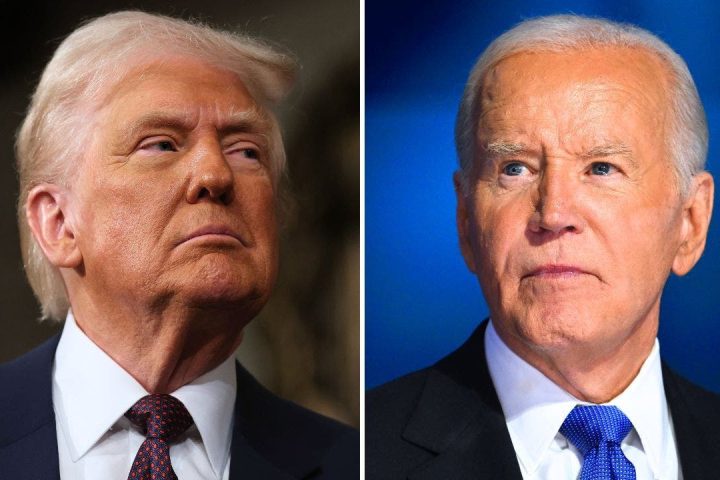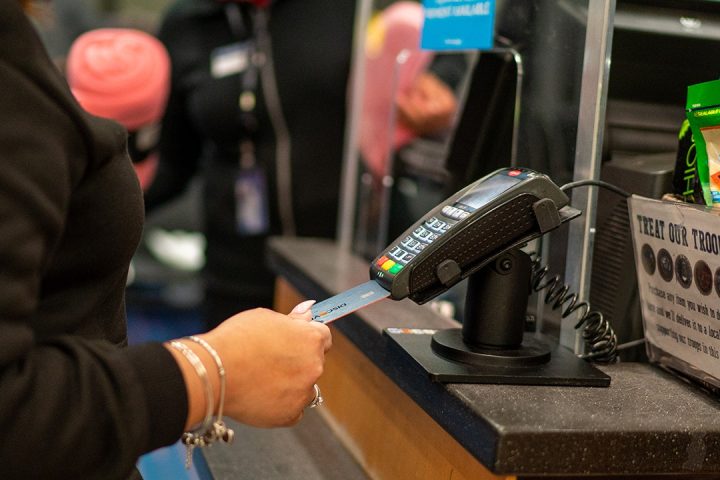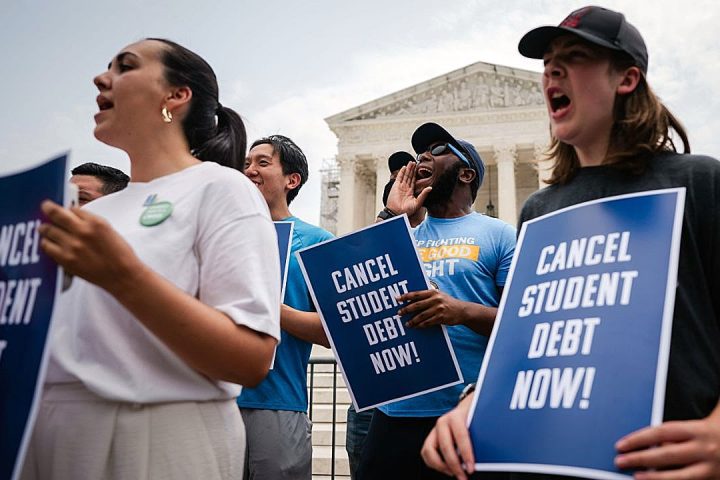Students may think that a credit card sponsored by the college or university they attend will offer them the best deal, but they would be wrong, a recent report warned.
In fact, financial products tied to colleges and universities that are marketed to students often have less advantageous terms and conditions and higher fees than typical market products, the Consumer Financial Protection Bureau (CFPB) report said.
Additionally, students were sometimes charged monthly maintenance fees or overdrafts and NSF fees they did not anticipate. Some financial institutions impose these additional fees when a student graduates or reaches a certain age, relying on “sunset” clauses in the products’ terms and conditions.
“Many students get their first credit card or deposit account when they enroll in college, and banks know that consumers are unlikely to move to a different provider once a product is integrated into their financial life,” CFPB Director Rohit Chopra said in a statement. “Schools should take a hard look at the fees and terms of the products they pitch to their students and alumni.”
If you’re concerned about college costs and are considering a private student loan, it can help to shop around for the best rate. You can visit Credible to learn more about private student loan options and get personalized rates from multiple lenders without dinging your credit score.
SHOPPING ON AN IMPULSE IS DERAILING AMERICAN BUDGETS – HERE’S HOW TO TAKE CONTROL
Colleges earn almost $20 million from financial partnerships
The CFPB identified more than 140 partnerships between schools (and their associations) and credit card issuers. Between 2021 and 2022, financial institutions generated over $17.3 million in revenue from over 650,000 student bank accounts, the CFPB said. They paid over $19.6 million to colleges and affiliated organizations, with an average annual payment of roughly $138,000 from the issuer to the college or affiliate.
Some students were charged as much as $36 for an overdraft, with account holders at Historically Black Colleges and Universities (HBCUs), for-profit colleges, and Hispanic-serving institutions (HSIs) often paying higher-than-average fees per account. The CFPB said that 79% of combined overdraft and NSF fees were paid by 9% of consumers who were charged more than 10 such fees per year, incurring a median of $380 in these fees in a year.
Congress tried to limit the risks of marketing financial products at colleges, passing the Higher Education Opportunity Act in 2008, which provided some protections against unfair and deceptive private educational lending practices. The Credit Card Accountability Responsibility and Disclosure (CARD) Act of 2009 reined in aggressive credit card advertising aimed at students on college campuses.
However, many colleges continue to offer and market financial products in ways, including through online and email advertisements, that may mislead students under certain circumstances,” the CFPB said.
If you are struggling to pay off debt, you could consider using a personal loan to consolidate your payments at a lower interest rate, saving you money each month. Visit Credible to find your personalized rate in minutes from multiple lenders at once.
AMERICANS LIVING PAYCHECK TO PAYCHECK OWN 60% OF CREDIT CARD DEBT: SURVEY
Tuition repayment plans also scrutinized
College tuition repayment plans have also come under the CFPB’s radar for the extra fees tacked onto some plans.
Nearly 4 million students set up some form of tuition payment arrangement with their university each term, the CFPB said in a report. The plans are typically marketed as an alternative to student loans and are usually interest-free. However, 89% of schools charged an enrollment or set-up fee, averaging $37 but was sometimes as high as $250; 60% charged a non-sufficient payment fee averaging $29 per instance, and 44% charge late fees at an average cost of $46 per late payment, according to the report.
“Tuition payment plans offered by schools may look like a good option, but this report shows student borrowers can end up paying high fees, be forced to sign away their legal rights, or even have their transcript withheld by their school,” Chopra said. “Colleges and universities should take a hard look at their repayment plans and avoid subjecting borrowers to high fees or coercive debt collection practices.”
If scholarships, grants, college savings and federal aid don’t cover all your education costs and you are considering a private student loan, comparing your options can help you plan better. Credible can help you compare fixed and variable-rate private loan options from multiple lenders.
SECURE 2.0: OPTIONAL PROVISIONS KICK IN TO HELP RETIREMENT SAVERS WITH EMERGENCIES AND STUDENT LOAN DEBT
Have a finance-related question, but don’t know who to ask? Email The Credible Money Expert at [email protected] and your question might be answered by Credible in our Money Expert column.
Read the full article here






